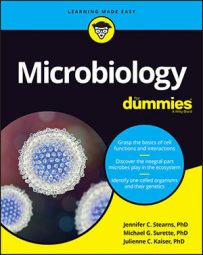Microorganisms can't be seen with the naked eye, so they're identified in several indirect ways:
Microscopy to identify cell shape or appearance of spores. Cells are often stained to enhance cellular features, and the properties of the cell wall are used in the classification of microorganisms.
Appearance of colonies on laboratory media is a widely used method of distinguishing between different microbes, mainly bacteria.
Rich media allows the growth of a broad range of bacteria.
Selective media allow the growth of only a narrow range of bacteria.
Differential media contain dyes that react with the chemical processes of certain types of bacteria, allowing their identification.
Characteristics of bacterial colony growth are described in terms of shape, appearance, and color.
The differences in DNA sequence can be used to identify organisms. Marker genes include, but are not limited to, ribosomal RNA (16S in bacteria and archaea and 18S in eukaryotes except fungi where the internal transcribed spacer [ITS] region of the gene is used) and cpn60 (chaperonin-60) genes.
Biochemical tests can be used to identify the type of metabolism a microorganism uses based on the products it makes from defined substrates.
Bergey's Manual of Systematic Bacteriology is used to identify bacteria based on microscopy, ability to grow on specific media, appearance of colonies, and biochemical tests of metabolism.

